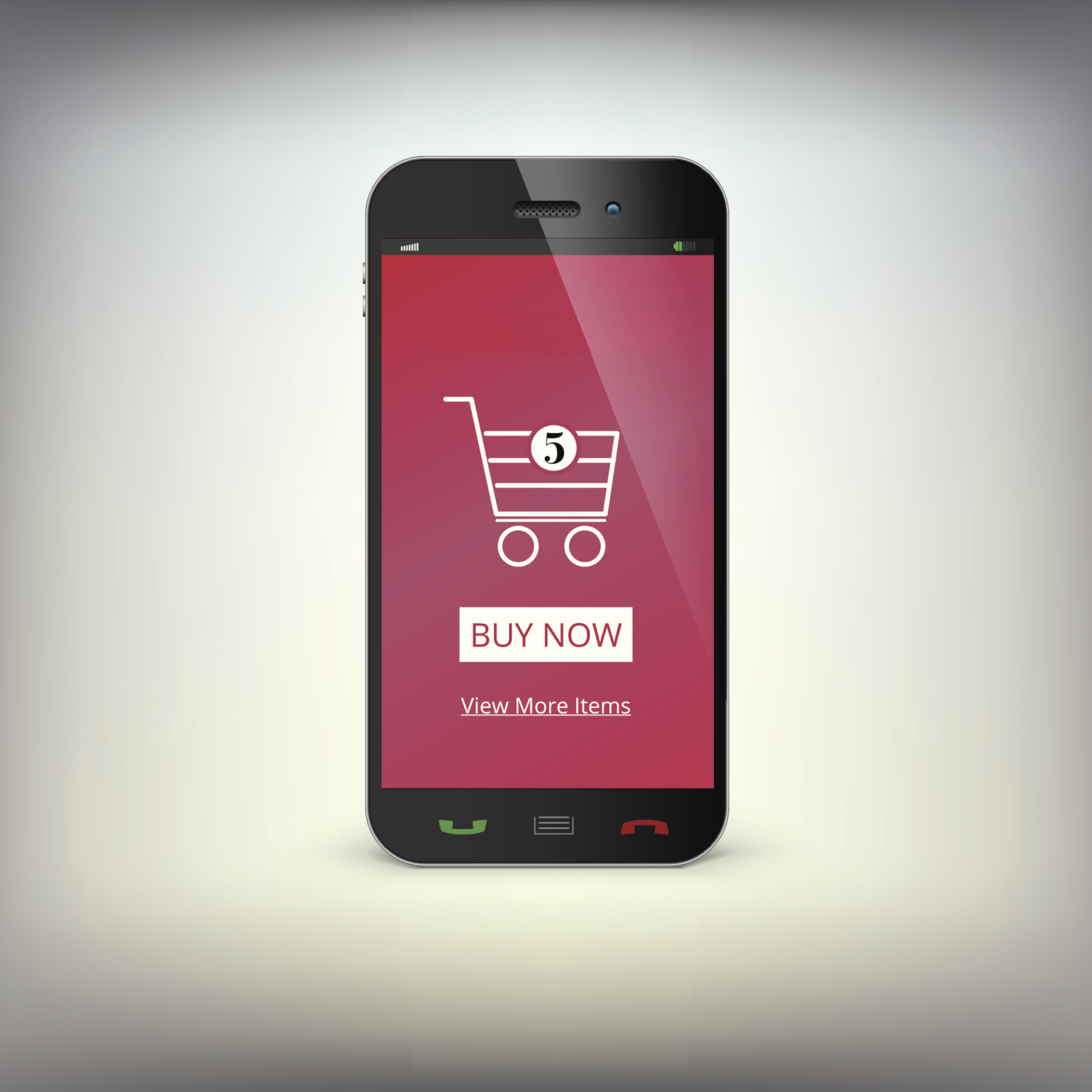In the retail world, the competition is aggressive, diverse, and everyone is hungry; and now the waters have been chummed.
Mobile shopping applications for smart phones have been rapidly changing the retail landscape. They give consumers the ability to scan products and instantly find a competitors price. Brick-and-mortar stores have to compete with online retailers in their own stores. And online retailers are coming out with their own apps and even their own phones. The arduous task of navigating these waters falls to marketers and the ones who understand the technology will be the ones to come out on top.
More Choices for Consumers
There are dozens of highly rated apps that will compare national and local prices just by scanning a barcode. Some of these apps will even send notifications when items go on sale and offer coupons.
Consider one of the more popular apps, ShopSavvy. It has over 6 million users and they indicate there are 50 million scans monthly. That’s 600 million transactions annually! The company that created this app was founded in 2008, making the numbers even more astounding.
ShopSavvy, and other apps like it, send coupons, price notifications and compare pricing for online stores and local brick-and-mortars. Developers continue to make updates to their apps, to create an even more robust shopping experience.
Brick-and-Mortar
Pricing has always been challenging for retailers but the introduction of mobile shopping apps have made it even more difficult. Stores have recently seen a rise in “showrooming”. Showrooming occurs when someone uses a brick-and-mortar store to have a hands-on experience with a product but has no intention to buy the product from that store. They use the stores inventory, employees and resources, but ultimately buy from an online retailer instead. This creates significant problems for stores and is due in large part to smartphones.
Retailers are starting to adapt by introducing their own apps, providing employees with tablets and taking advantage of new technologies like beacons. Beacons detect when a smartphone is near the product and delivers specific messages. Picture an end-cap that will send a discount directly to your phone. The advantage of beacons is that the shopper needs to be in the store in order to take advantage of the deal.
One clear advantage that brick-and-mortar stores still have is instant gratification. However, online retailers are trying to take that advantage away too by using drones and other methods to provide same day delivery.
Online Retail
The juggernaut of online retailers, Amazon, has had it’s own mobile price matching app for a few years and has seen relative success. It arguably started the trend of showrooming. Amazon will also be releasing their new phone in late July and has been adding “free” services (there is an annual fee) such as expedited shipping, video and music streaming and ebooks to their customers.
These services and shopping apps will only increase in popularity and brick-and-mortar stores will need to find their own specialized services in order to compete.
![cat[&]tonic](https://cat-tonic.com/wp-content/uploads/candt_logo-rw.png)




